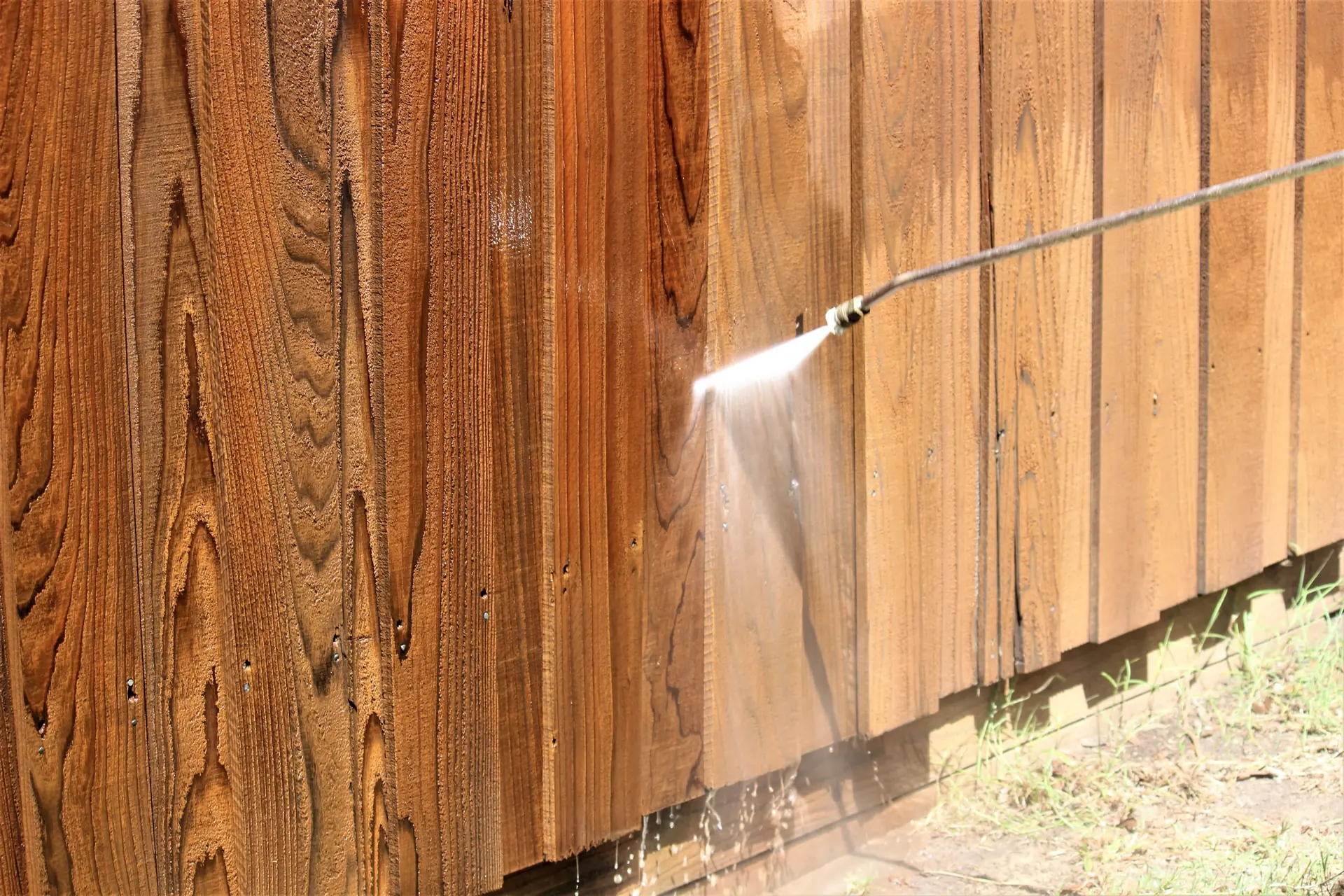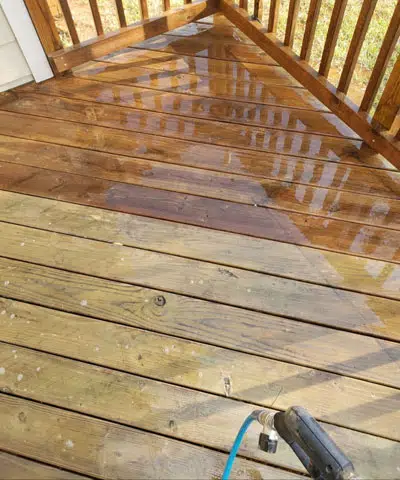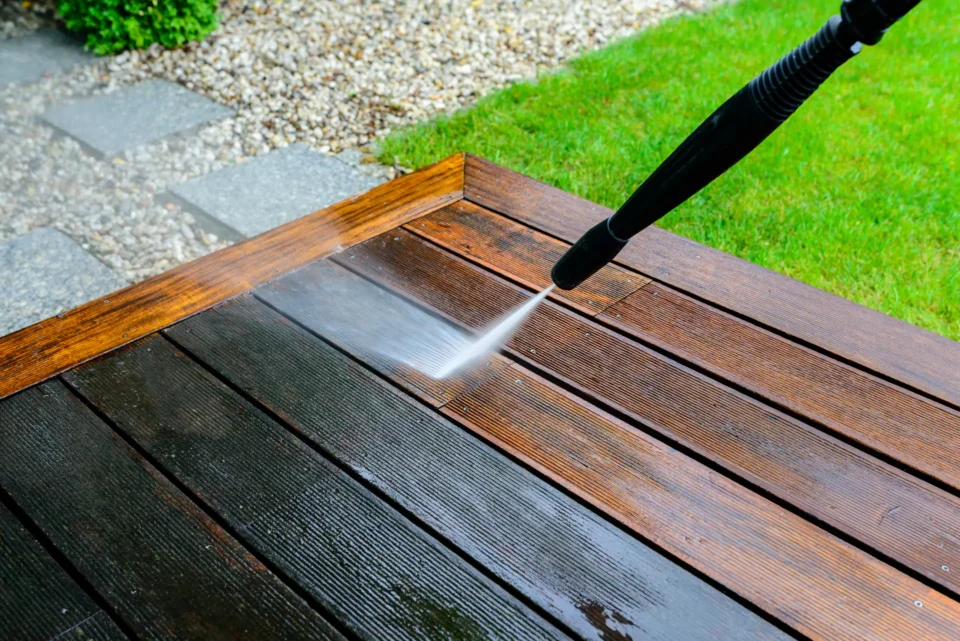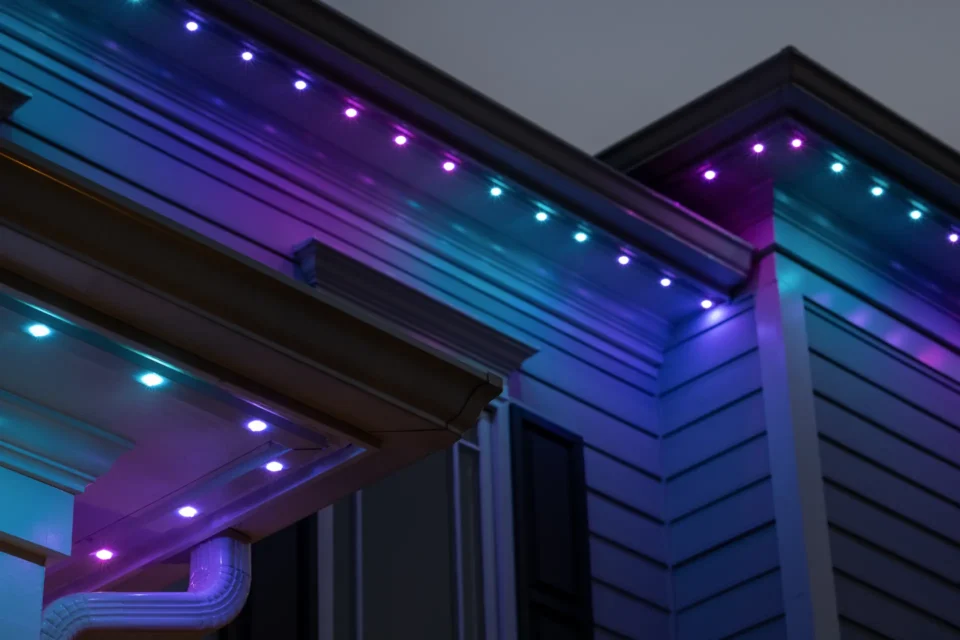Fences aren’t just about keeping things in or out, they’re about setting boundaries, and that can have a big impact on how we interact with the world around us. In every community, visual barriers like fences or walls play a crucial role in shaping how we feel about our space and, ultimately, how we connect with others. They define where one person’s property ends and another’s begins, creating a sense of personal space.
But it goes beyond that: the way these boundaries are designed can either bring people together or separate them. Whether it’s a clean, open design or something more closed off, fences influence the vibe of an entire neighborhood.
It’s fascinating how something as simple as a fence can influence community dynamics in ways we don’t often think about.
How Do Physical Boundaries Like Fences Influence Neighborhood Relationships?
Physical boundaries have always played a role in human societies. Whether it’s ancient city walls or modern-day hedges, they serve both functional and psychological purposes. In residential areas, fences operate as tangible expressions of personal space, but they also influence the quality of neighborly relationships, sometimes subtly, sometimes overtly.
How fences affect neighbor dynamics:
- Create clear expectations
A visible boundary eliminates ambiguity. Everyone knows where one property ends and another begins, reducing potential disputes over space or shared responsibilities. - Support privacy and autonomy
Fences allow individuals to enjoy their outdoor space without feeling constantly observed. This sense of control promotes comfort and reduces tension. - Define zones for interaction
Some fences invite connection, a low picket fence with a gate, for instance while others discourage it, like a tall wooden privacy wall. - Set the tone for mutual respect
A well-maintained fence shows investment in the property and signals respect for both personal and shared space. Neighbors are more likely to reciprocate that respect. - Act as buffers for noise and activity
Fences reduce sound transfer between yards, making it easier for different lifestyles (kids playing, pets running, parties) to coexist peacefully.
When physical boundaries are thoughtfully designed and maintained, they strengthen the sense of community by balancing individual freedom with communal harmony.
What Role Do Clean Fences Play in Shaping Perceptions of Safety and Order?
While the material or height of a fence plays a role in how it functions, its cleanliness and upkeep speak volumes about a neighborhood’s identity. A fence isn’t just a divider—it’s a first impression, a visual cue that tells visitors, potential buyers, and even residents how the community values safety, order, and collective pride.
Clean fences communicate:
- Attention to detail
A freshly washed fence, free from algae, mildew, or graffiti, suggests a homeowner who notices and cares about their surroundings. - Safety and security
Clean, intact fencing can discourage trespassing and signal a well-watched area, promoting peace of mind among residents. - Civic responsibility
When many homes maintain clean fences, it reflects a culture of shared standards, reinforcing the idea that everyone contributes to the neighborhood’s wellbeing. - Property value stability
Visual consistency and care across fences make neighborhoods more attractive to prospective buyers and preserve long-term home value. - Psychological comfort
Clean, orderly spaces are known to reduce stress and increase the feeling of safety, even more so when those clean spaces surround one’s own home.
Conversely, neglected fences signal disorder, or at the very least, a lack of engagement. A leaning or algae-covered fence can unintentionally communicate abandonment, which has a ripple effect, inviting less care, less community engagement, and potentially more crime.
Can Visual Barriers Impact Social Interaction in Residential Areas?
Absolutely. Visual barriers like fences don’t just protect or divide, they also shape how and when people interact. The placement, design, and visibility of fences can either foster connection or encourage isolation, depending on the intentions behind them.
How fences affect social behavior:
- Lower, transparent fences encourage casual interactions
Think of picket fences or chain-link designs. These create visual openness while still defining space, making it easy for neighbors to wave, chat, or keep an eye on each other. - Solid, tall fences promote seclusion
Privacy fences block sightlines and sound, offering solitude but potentially reducing organic social contact between neighbors. - Strategically placed gates can invite connection
When fences have gates leading to shared alleys or paths, they encourage movement and connection rather than separation. - Backyard barriers define intimacy zones
High fences in backyards allow families to enjoy personal time without concern for being watched, which can ironically make people more open in front-yard or communal spaces. - Fence design reflects sociability
Decorative fences with flower beds or benches suggest openness and hospitality, while stark utilitarian walls suggest a focus on protection and distance.
The visibility and accessibility of fenced spaces influence how communities bond or don’t. When used thoughtfully, fences can both protect and connect, enabling homeowners to control privacy without cutting themselves off entirely.
Why Do Communities Respond Differently to the Presence of Fences and Walls?
Not all fences are embraced equally. In some communities, a fence is a welcome addition, providing structure, enhancing beauty, and offering a sense of identity. In others, fences are viewed with suspicion, even hostility, especially if they seem to divide rather than define.
These differing reactions are often based on cultural, geographic, and socioeconomic factors, as well as how the fences are presented and maintained.
Why reactions vary:
- Cultural expectations
In some cultures, fences are standard and expected. In others, particularly in rural or tight-knit communities, they may feel unnecessary or even unfriendly. - Function versus symbolism
A small garden fence may feel charming, while a tall perimeter wall may feel aggressive. The perceived purpose influences community acceptance. - Historical context
In areas with histories of redlining or segregation, fences can symbolize exclusion or reinforce socioeconomic divides. - HOA standards and neighborhood codes
In planned communities, uniform fencing contributes to a clean, harmonious look. In less regulated areas, diverse fencing can lead to tension or turf battles. - Visibility of maintenance
A clean, decorative fence is often accepted, but a rotting, graffiti-tagged one draws complaints. It’s not the fence—it’s what it signals.
Ultimately, the success of visual barriers in any community depends on intent and execution. Fences that are thoughtfully integrated into neighborhood aesthetics and maintained with care are more likely to be embraced as tools for harmony, not division.
Beyond the Barrier Lies the Bond
Fences do more than outline where your property ends. They influence how we see each other, how we engage with space, and how we understand the unspoken rules of coexisting in a shared environment.
A clean fence isn’t just about curb appeal—it’s a message. It says, “I care about my home and my neighborhood. I respect your space as I hope you respect mine.” In that sense, fences become more than walls or boards or bricks. They become part of the social architecture of a neighborhood.
When treated with care, they create clarity without confrontation. They set boundaries without breeding resentment. And in an increasingly fast-paced world where privacy is precious and community is sometimes elusive, a clean, well-placed fence might just be the key to keeping both.
Protect More Than Your Property—Protect Your Community’s Character
At Power Clean Pressure Washing, we believe fences are more than functional, they’re foundational. Our professional cleaning and maintenance services help keep your fences looking sharp, strong, and respectful of the space you share with others.
Ready to give your boundary line a refresh? Contact us today for expert fence care that supports safety, beauty, and community pride.




